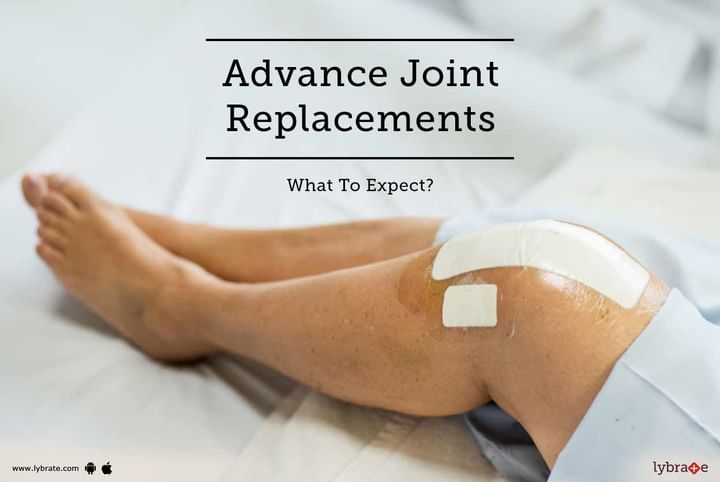Advance Joint Replacements - What To Expect?
When your daily activities are limited due to severe pain or joint damage, it is when a joint replacement may be the best option. Joint replacements are done to restore movement and reduce pain. The most commonly replaced joints are the hips and knees. With advances in medical technology and operational expertise, these procedures have undergone major changes in the way they are done. The success rates have also proportionately gone up.
Hip replacement: The hip is a bone and socket joint, wherein the hip joint sits in the femur, which is the thigh bone. This could require replacement either due to a severe injury or due to regular wear and tear with aging. Replacement is considered when non-medical therapies like exercise and painkillers fail to improve the quality of life. In advanced joint replacement, both the ball and socket portions are completely replaced with artificial components (could be metal, plastic, or ceramic).
Knee joint replacement: The knee is a modified hinge joint formed between three bones – the patella (knee cap), the femur (thigh bone), and the tibia (shin bone). The knee can be affected either due to regular wear and tear or as a part of the trauma. When the knee joint is affected, the patient’s ability to move is greatly diminished, and thus requires treatment. If nonsurgical measures fail, then surgical correction is required.
What happens during the joint replacement?
- These are major operations and are done in the hospital setting, with 1 to 2 days of hospitalization
- The operation takes about 4 to 5 hours
- The damaged cartilage or bone is removed and the part is prepared to receive the prosthesis
- Titanium alloy is often used as it has the unique ability to fuse to the bone
- Sometimes, plastic or ceramic is also used
- These simulate the movement that was previously produced by the natural joint
- Post operation, infection control is extremely important
- Pain control initially could be through injection, and then gradually move to ad-hoc basis
- With the pain and limitation on movement gotten rid of, the new joint should be gradually accustomed to movement. The surrounding tissue also requires time to heal and support the normal movement.
- Return to movement should be gradual and under a physiotherapist’s guidance. Advance exercise as directed.
- Diet should be modified to ensure the required nutrition is provided for proper healing
- Other equipment like a walking stick, shower bench, handrail, or a walker may be required.
- The first few weeks could require extensive help to move around and get back to normal activities.
Whatever the part replaced, with total joint replacement, these precautions should be adhered to, to ensure complete recovery and successful return to a stage of pre-operative movement. In case you have a concern or query you can always consult an expert & get answers to your questions!



+1.svg)
